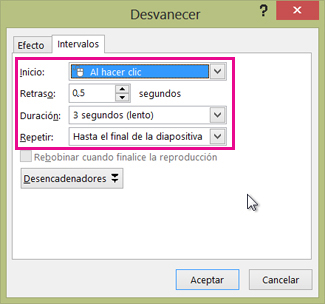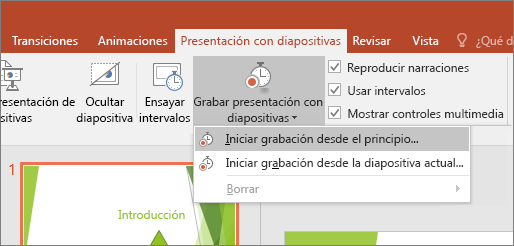


In that sense, optimization of test and maintenance activities, which are defined within the technical specifications, represents quite popular and interesting domain. Reducing the unavailability of safety systems at nuclear power plants, by utilizing the probabilistic safety assessment (PSA) methodology, is one of the prime goals in the nuclear industry. Their results are compared, demonstrating how introducing MooN architectures presents a significant improvement for the optimization process. Both optimization cases are performed for both systems with MooN redundancies and systems with only parallel redundancies. The complete methodology is applied to two separate case studies, one for optimization of system design with redundancy allocation and component selection and another for optimization of testing policies. This allows weighting of the trade-offs between the three objectives and, thus, implementation of safety systems that keep a good balance between safety, reliability and cost. The optimization is performed using the multi-objective Genetic Algorithm NSGA-II. The Probability of Failure on Demand model also permits to quantify results with changing testing strategies. Modeling includes common cause failure and diagnostic coverage. These models are capable of delivering the level of modeling detail required by the standard IEC 61508. This is done by using novel models of time-dependent probability of failure on demand and spurious trip rate, recently published by the authors. In this way safety, reliability and cost are included. The objectives to optimize are the Average Probability of Dangerous Failure on Demand, which represents the system safety integrity, the Spurious Trip Rate and the Lifecycle Cost. This paper presents the optimization of design and test policies of safety instrumented systems using MooN voting redundancies by a multi-objective genetic algorithm. One of the main conclusions from the review is that there is a need for greater exploration and experimentation of new and emerging areas of interest and their practical implications within the nuclear energy industry. However, the review demonstrated that more recent topics such as resilience engineering and ideas centred on the ‘Safety-II’ and ‘resilience engineering’ movement are beginning to appear. probabilistic risk assessment and human reliability assessment). safety culture human error human-machine interaction) and likewise methods from the 1970s continue to attract attention (e.g. The findings from the review indicate the primary topics which the nuclear energy industry have focused on have not changed much over time (e.g. Articles were classified into a systems framework where research themes and topics could be classified and explored. The research questions this paper addresses are: (1) what are the common HFE themes and topics that have been applied to nuclear safety? (2) what are the new/key emerging areas/ideas for nuclear safety from an HFE perspective? We reviewed (n = 334) articles from six prominent HFE and safety-focused journals. new technologies, Industry 4.0 and increasing system complexity). This review aims to critically examine past HFE research on nuclear safety and provide insights into how HFE approaches can better address current challenges for nuclear safety and future changes (e.g. Human Factors and Ergonomics (HFE) has played an essential role in increasing the safety and performance of the nuclear energy industry. This paper presents a methodology which encompasses, along with the definition of AOT and STI interactions, the quantification of interactions in terms of risk using PSA methods, an approach for evaluating simultaneous AOT and STI modifications, and an assessment of strategies for giving flexibility to plant operation through simultaneous changes on AOT and STI using trade-off-based risk criteria. through their interactions, is not addressed. However, the combined effect of several changes in AOT and STI, i.e. Thus, some changes have already been adopted in some plants. Developments in Probabilistic Safety Assessment (PSA) allow the evaluation of effects due to such modifications in AOT and STI from a risk point of view. Already, significant operating and design experience has accumulated revealing several problems which require modifications in some TS rules. In particular, we focused on the Allowed Outage Time (AOT) and Surveillance Test Interval (STI) requirements in LCO and SR, respectively.

We selected the Limiting Conditions for Operations (LCO) and Surveillance Requirements (SR), both within TS, as the main items to be evaluated using probabilistic methods. Technical Specifications (TS) define the limits and conditions for operating nuclear plants safely.


 0 kommentar(er)
0 kommentar(er)
